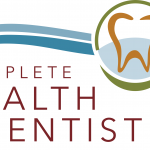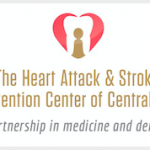
The Path of Pathogen Destruction
Cardiovascular Disease
We know that the oral pathogens Aggregatibacter actinomycetemcomitans (Aa), Porphyromonas gingivalis (Pg), Tannerella forsythia (Tf), Treponema denticola (Td), and Fusobacterium nucleatum (Fn) are directly connected to atherosclerosis.1 We know cardiovascular disease is the number one cause of death and disability in the United States. Gastrointestinal and colorectal cancers, as well as adverse pregnancy outcomes and aspiration pn...
Read More








